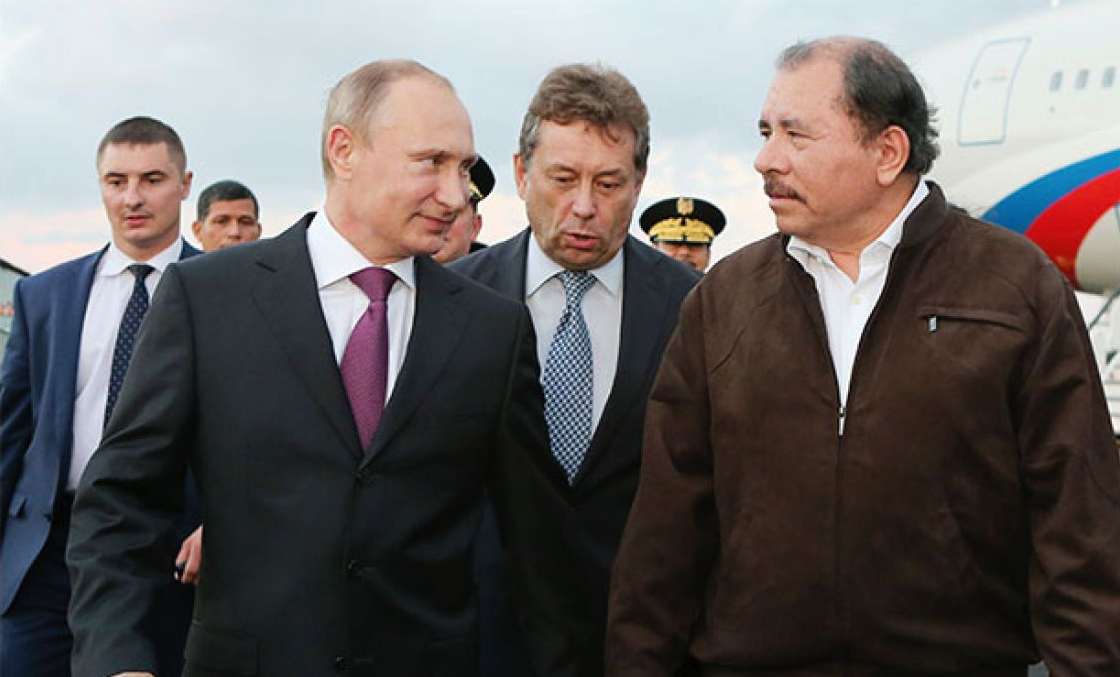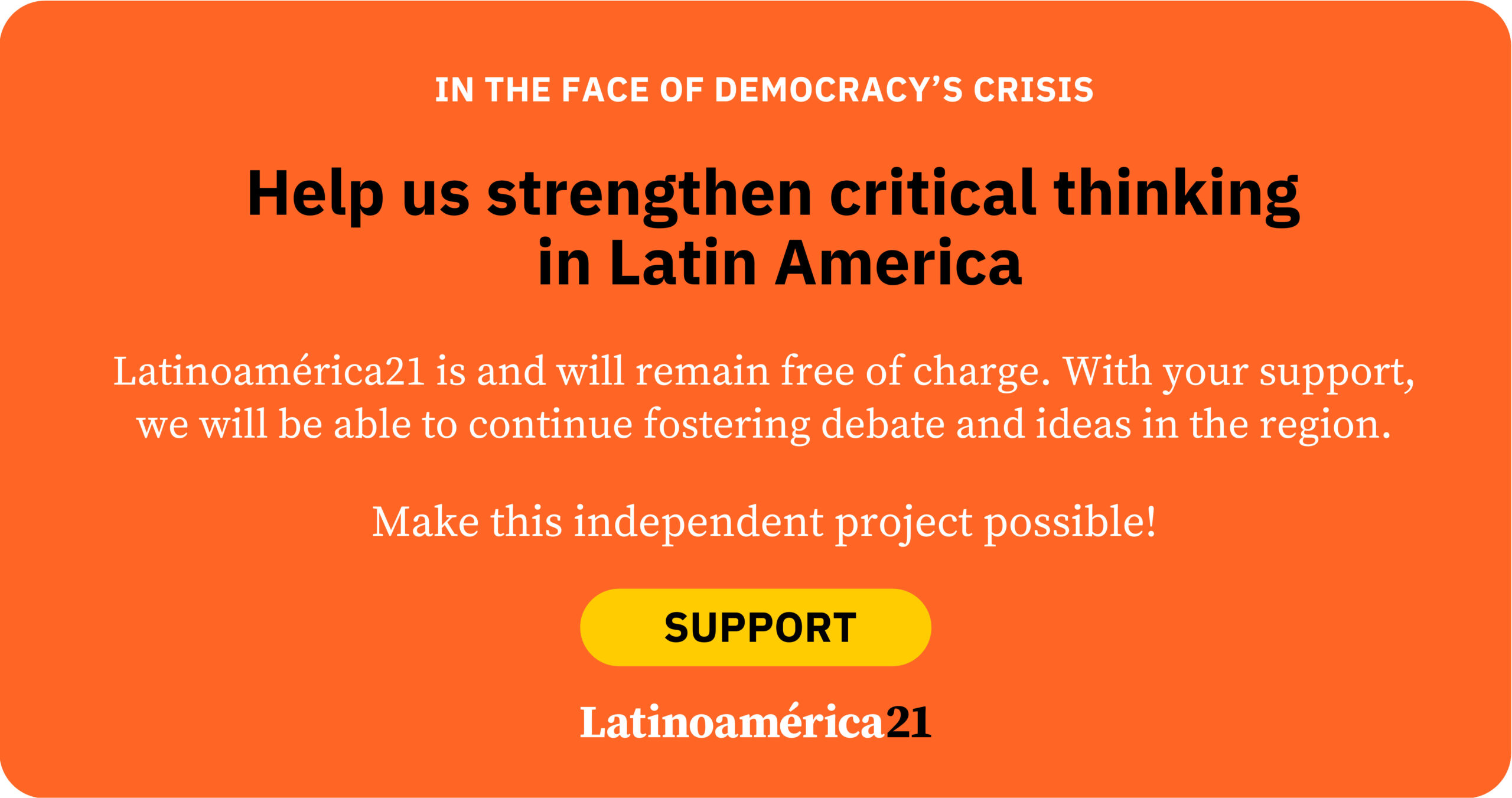With limited resources but clear objectives, Moscow made Nicaragua its military enclave in Central America, seeking to project symbolic influence and challenging the US-led order.
Russia’s presence in Central America, as in the rest of Latin America, rests on a network of influence operations that go beyond economic cooperation. It is a systematic effort to deploy strategic communication mechanisms , co-opt elites , and exert influence in sensitive sectors. Through these means, Moscow seeks to expand its sphere of influence in the Western Hemisphere with comparatively limited resources.
This strategy stems from a logic of geopolitical reciprocity in the face of a region that the Kremlin perceives as NATO’s expansion into its former spheres of influence. It is a symbolic counterweight to what Russia considers the United States’ “near abroad.”

These targeted operations rely primarily on information warfare and Russian propaganda outlets , particularly Russia Today and Sputnik. Their presence extends from the Northern Triangle to Panama. This is further supported by cooperation with their autocratic allies on the continent, especially Cuba , Venezuela, and Nicaragua. The latter, under the Ortega-Murillo regime, has become a logistical hub for Russian projection in the isthmus, coordinating propaganda, espionage, intelligence gathering, and low-intensity military training.
Nicaragua: a Russian military enclave
Military cooperation between Russia and Nicaragua dates back to the Cold War, when nearly 90% of the country’s military equipment came from the former Soviet Union. After the Soviet collapse, ties weakened. They regained strength with Vladimir Putin’s rise to power and, especially, with Daniel Ortega ‘s return to the presidency in 2007. Since then, Managua has become Moscow’s closest partner in the Western Hemisphere, under a relationship that includes technical assistance, military presence, and intelligence sharing .
In 2013, the Russian Chief of the General Staff, Valery Gerasimov, visited Managua to inaugurate the Marshal Zhukov Training Center , designed to train Nicaraguan officers in the doctrine of “hybrid warfare.” A network of cooperation was established around the center, including the Managua topographical center—linked to the GLONASS satellite system—and training programs in surveillance and control of the internal opposition . With direct access to local security intelligence, the Russian armed forces thus consolidated a privileged channel of influence within the Nicaraguan defense structure.
One of the most sensitive aspects of this relationship is the espionage center installed at the Mokorón base, south of Managua. According to journalistic investigations , it is staffed exclusively by Russian officers with access to the SORM-3 software and a radio-location system that allows them to intercept diplomatic communications , embassies, and the regime’s own internal networks. The facility, complemented by antennas distributed across nine points in the country, reinforces the Russian satellite network. It functions as an advanced signal collection station in Central America.
To this we must add a military cooperation agreement signed in 2022 by the Ortega government. This agreement authorizes the temporary entry of Russian troops, ships, and aircraft into Nicaraguan territory , under the justification of “ humanitarian work and combating drug trafficking.” The initiative allows for the periodic rotation of Russian military contingents, consolidating Nicaragua’s position as Moscow’s main logistical support point on the continent.
This alliance has reached a new milestone. The Nicaraguan army participated in the joint Zapad-2025 exercises , held last September in Belarus and the Kaliningrad enclave. During a meeting in Moscow, Russian Defense Minister Andrei Belousov personally thanked General Julio César Avilés for this gesture, reaffirming the “friendship and mutual trust” between the two nations.
The Zapad-2025 exercises, joint Russian-Belarusian maneuvers that mobilized over 100,000 troops, took place against a backdrop of renewed tension with NATO. They coincided with Russian air raids on Polish and Estonian territory. More than a routine exercise, they replicated the tactical patterns of operations preceding the 2022 invasion of Ukraine , projecting the narrative of a Kremlin under siege. In this context, the Nicaraguan presence held significant political and symbolic value. It reinforced Nicaragua’s alignment with Moscow and legitimized, from the Western Hemisphere, the military and rhetorical strategy of the Putin regime.
Symbolic assistance
As in the rest of Latin America —with the exception of the revolutionary dictatorships— military exchanges with Russia are certainly limited . In Central America, beyond Nicaragua, Moscow’s ties have been characterized by strategic ambiguity. There is, however, a willingness to maintain channels of dialogue and technical cooperation with governments that, without breaking with Washington, seek to diversify their foreign policy on security matters .
In this context, the administrations of Xiomara Castro in Honduras and Nayib Bukele in El Salvador have reduced their cooperation with Russia to the strictly diplomatic sphere. However, they have not done so without offering symbolic gestures of alignment. Both governments, for example, abstained from or voted against resolutions critical of Russia’s invasion of Ukraine in multilateral organizations, demonstrating a cautious convergence with Moscow.
The Salvadoran case illustrates this point. In 2013, San Salvador signed an agreement with Russia’s Federal Drug Control Service for the supply of small arms and police training in the fight against drug trafficking. In 2019, both nations signed a new intergovernmental agreement . This time, it focused on the exchange of information and cooperation in the fight against organized crime. Ambassador Efrén Bernal Chévez described it as “an instrument to strengthen relations of friendship and cooperation.” However, these frameworks never translated into joint military exercises or sustained assistance.
A similar situation occurred in Guatemala. In 2010, then-President Álvaro Colom traveled to Moscow to acquire Russian weaponry intended, according to the official version, to combat drug trafficking and organized crime. Although the agreement set a precedent for technical cooperation, the relationship weakened over the following decade, coinciding with the Central American country’s growing closer ties with the United States.
Taken together, these experiences reflect Moscow’s strategy of cultivating low-intensity ties with governments willing to receive symbolic assistance , without openly challenging US hegemony in the region.
Space for political resonance
Russia’s military cooperation in Latin America is, in material terms, negligible. But strategically, it is functional, as a report by the European Parliamentary Research Service points out. Its presence is not aimed at balancing hemispheric power, but rather at projecting an image of global reach and maintaining political alliances with like-minded regimes.
In a scenario dominated by asymmetry, Moscow uses military symbolism and multipolar rhetoric to challenge US hegemony and maintain its influence with minimal resources. The region, and Nicaragua in particular, functions more as a space for political resonance than as a front for effective deployment.
*Article originally published in Diálogo Político.













